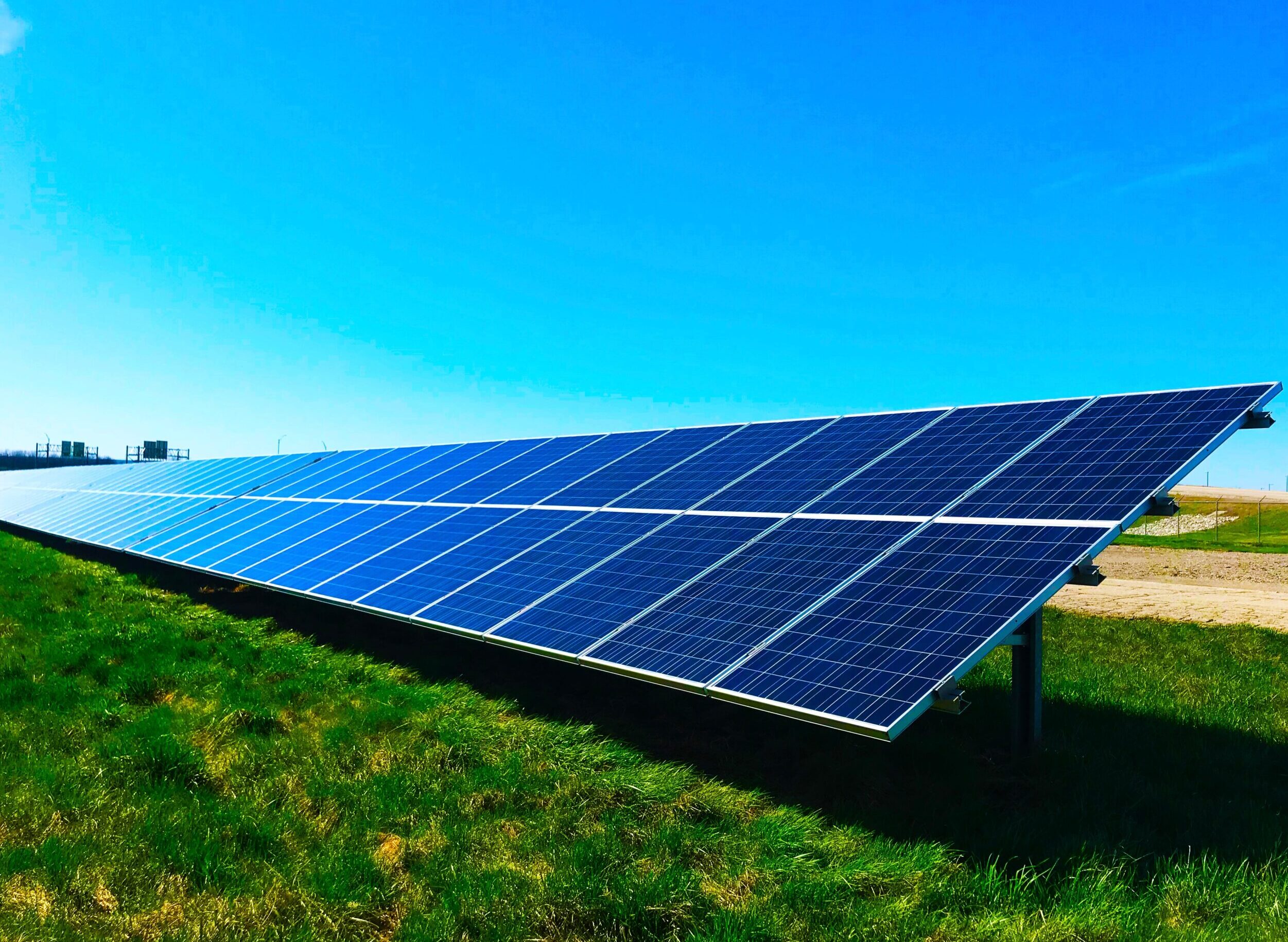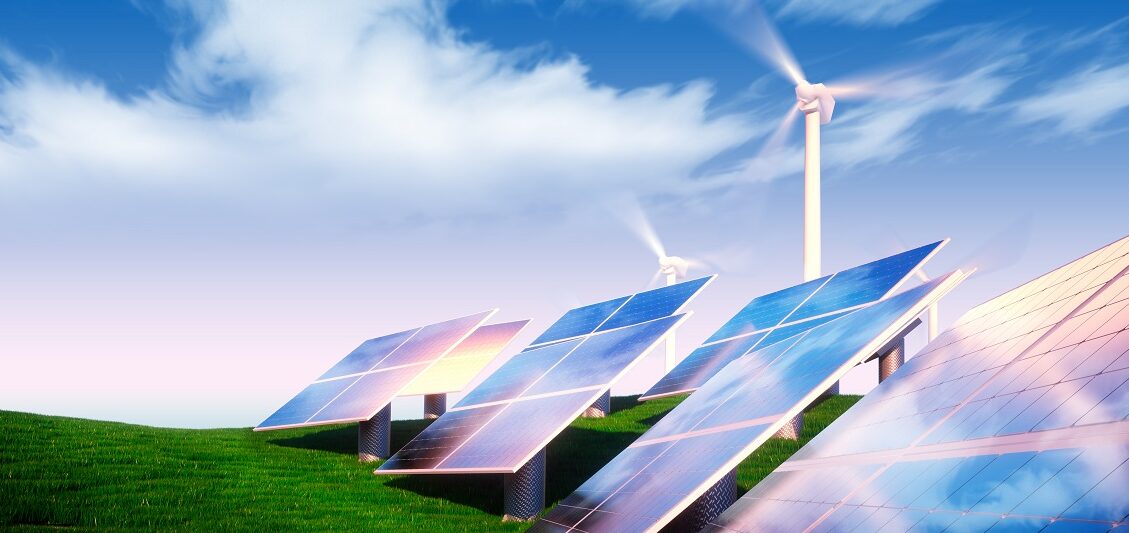Are you ready to make the world a better place? Sustainable energy is the key to unlocking a brighter tomorrow. By harnessing renewable resources, we can power our lives while protecting the planet for future generations. In this blog post, we’ll explore some of the most exciting and innovative green solutions available today. From solar power to biomass energy, there’s no shortage of options when it comes to sustainable living. So let’s dive in and discover how we can all play a role in building a more sustainable future!
What is Sustainable Energy?
Sustainable energy is the practice of harnessing power from renewable resources that have little or no impact on the environment. It’s an alternative to traditional fossil fuels, which are finite and produce harmful emissions that contribute to climate change.
There are many different types of sustainable energy sources, including solar power, wind power, geothermal energy, hydroelectricity, and biomass energy. Each one has unique benefits and drawbacks depending on factors such as location and availability.
The goal of sustainable energy is not only to reduce our carbon footprint but also to create a more stable and reliable source of power for communities around the world. By investing in these technologies now, we can pave the way for a cleaner and healthier future.
While it may require some initial investment in infrastructure and technology, shifting towards sustainable energy will ultimately save money over time by reducing reliance on expensive fossil fuels. Plus, it provides an opportunity for businesses and individuals alike to make a positive impact on their local ecosystems while supporting global efforts towards sustainability.
Solar Power
Solar power is a sustainable energy source that utilizes the sun’s rays to generate electricity. The solar panels are typically installed on rooftops or in open fields where they have access to direct sunlight. When the sun shines on these panels, it activates the photovoltaic cells inside them which then convert the sunlight into electrical energy.
The use of solar power has seen a significant increase in recent years due to its environmental benefits and increasing affordability. It is a clean and renewable source of energy that does not emit any harmful greenhouse gases, making it an excellent alternative to fossil fuels.

In addition to being environmentally friendly, solar power also offers cost savings for homeowners and businesses alike. By investing in solar panels, individuals can reduce their reliance on traditional electricity sources and lower their monthly utility bills.
Solar Power presents as an attractive solution for those seeking an eco-friendly means of generating electricity without compromising quality or function thanks to advancements in technology designed specifically with this purpose in mind.
Wind Power
Wind power is a form of sustainable energy that harnesses the kinetic energy from wind to generate electricity. This renewable source of energy has gained popularity over the years because it’s environmentally friendly and can significantly reduce greenhouse gas emissions.
The way wind turbines work is quite simple, they are designed with large blades that rotate when exposed to wind. The rotation then activates a generator which produces electricity. Wind power can be used in small scale applications such as powering homes or on larger scales such as providing electricity for entire cities.

One significant advantage of wind power is its reliability; it provides an uninterrupted source of energy since winds are always blowing somewhere around the globe. In addition, it’s cost-efficient compared to fossil fuels while also being low maintenance.
However, there are some limitations to this technology: firstly, the location where wind turbines are installed plays a crucial role in their efficiency. Any changes in climate patterns could affect how much electrical output they produce.
Despite these challenges faced by Wind Power technology today, experts continue researching ways to improve its efficiency and reliability so that we utilize it even more efficiently in our quest for green solutions for a brighter tomorrow!
Geothermal Energy
Geothermal energy is one of the most efficient, reliable and sustainable sources of renewable energy available today. This type of energy is generated by harnessing heat from within the Earth’s core, which can be used to power homes, buildings and even entire cities.
One of the key benefits of geothermal energy is its consistency – unlike solar or wind power, it does not depend on weather conditions or time of day. Geothermal plants also have a much smaller environmental footprint compared to traditional fossil fuel plants, emitting almost no greenhouse gases or other pollutants.
In addition to being environmentally friendly, using geothermal energy can also significantly reduce electricity costs over time. Although initial installation costs may be higher than other forms of renewable energy technology such as solar panels or wind turbines, geothermal systems require less maintenance and have a longer lifespan.
Another advantage is that they do not take up valuable land resources like some other renewable technologies do. Many countries around the world are already utilizing this source for their electricity needs and with more research and development we could see an increase in its usage in future years.
Hydroelectricity
Hydroelectricity is a renewable and sustainable energy source that harnesses the power of moving water to generate electricity. This form of energy has been in use for over 100 years, and it’s currently the largest renewable source of electric power worldwide.
The process involves building dams across rivers or streams to create artificial reservoirs, which store water that can be released through turbines to generate electricity. The amount of electricity produced depends on the volume and speed of water flow.
One significant advantage of hydroelectricity is its reliability as it can produce continuous, dependable supplies without interruption due to weather conditions such as wind or sun availability.
Moreover, hydroelectric plants provide additional benefits such as flood control downstream by regulating the release of stored water during heavy rains. It also helps with irrigation systems used in agricultural activities.
Some concerns associated with hydroelectricity include environmental impacts like habitat destruction from dam construction and changes in river ecosystems caused by altered flow regimes.
Hydroelectricity provides a sustainable solution for generating clean energy while minimizing negative impacts when carefully planned and maintained.
Biomass Energy
Biomass energy is a renewable energy source that comes from organic matter, such as wood chips, agricultural waste, and even garbage. This type of energy is produced by burning these materials or converting them into fuel like ethanol or methane gas.
One of the biggest benefits of biomass energy is that it reduces our dependence on fossil fuels. Unlike oil and natural gas, which are finite resources, biomass can be replenished quickly through sustainable farming practices.

Another advantage of biomass energy is that it helps to reduce greenhouse gas emissions. When organic materials decompose in landfills, they release methane – a potent greenhouse gas – into the atmosphere. By using this waste to produce energy instead, we can prevent these emissions from entering the environment.
However, there are also some concerns with biomass energy production. Critics argue that growing crops for biofuels could compete with food production and lead to deforestation if too much land is cleared for farming purposes.
Despite these challenges, many experts believe that biomass has tremendous potential as a sustainable form of energy going forward. With continued research and investment in this field, we may see even more innovative uses for this valuable resource in the years ahead.
The Importance of Sustainable Energy
It is evident that sustainable energy plays an essential role in creating a brighter tomorrow. The use of renewable energy sources such as solar power, wind power, geothermal energy, hydroelectricity, and biomass energy can significantly reduce our carbon footprint and positively impact the environment. Adopting sustainable energy solutions not only benefits the planet but also contributes to a more stable economy by reducing dependence on non-renewable energies. By embracing green solutions for a better future today, we are investing in a world where everyone can thrive sustainably without compromising the needs of future generations.
